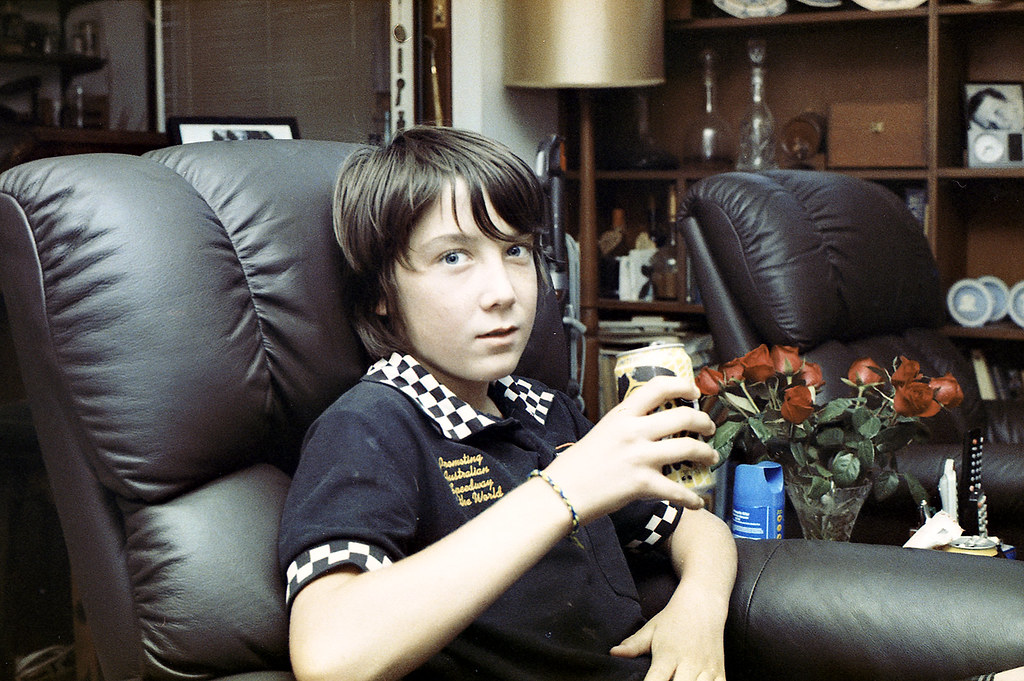markbarendt
Member
Okay my searches aren't cutting it here and I don't have the chemicals to play with this or I would.
Here's the deal, I may be getting some expired Velvia as part of a package deal with some other stuff I actually want and I already have some expired Provia in the freezer.
If this deal works out I'll either need to find a way to use it all or sell it all.
Standard process RA-4 paper and chems are the destination.
I know I can cross process E-6 film in a C-41 process and get negatives, which is what I want, but C-41 will get me non-standard colors.
Has anyone tried E-6 processing without the reversal step?
If so
Did you get a negative that was printable at a normal color balance?
or
Are there other options for getting printable negs?
Here's the deal, I may be getting some expired Velvia as part of a package deal with some other stuff I actually want and I already have some expired Provia in the freezer.
If this deal works out I'll either need to find a way to use it all or sell it all.
Standard process RA-4 paper and chems are the destination.
I know I can cross process E-6 film in a C-41 process and get negatives, which is what I want, but C-41 will get me non-standard colors.
Has anyone tried E-6 processing without the reversal step?
If so
Did you get a negative that was printable at a normal color balance?
or
Are there other options for getting printable negs?








 , or if you want *possibly* weirder results, use some expired e-6 chems
, or if you want *possibly* weirder results, use some expired e-6 chems 
 ).
).



